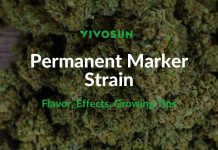Looking to get the most from your plant? Do you know LST vs HST? You can apply a few techniques to double or even triple the amount you harvest at the end. These techniques can be very simple and very effective. A couple of techniques that we will look at are Low-stress training or LST, like “Screen of Green” or even a bonsai-type method of training.
A second training you can also try is High-Stress Training or HST, which includes Topping or Fimming, super-cropping, Mainlining, and even Defoliation. Some growers even do a combination of both methods. Let’s break down what these techniques are so you can decide which one is right for you.
LST vs HST
We’ll start with Low-Stress Training (LST). LST is great because it puts the least amount of stress on your plants meaning they bounce back faster. This can be good for certain genetics and auto-flowering varieties.
The Bonsai method is the most basic type of LST. The Bonsai method just includes using small gauge wires or tools to bend the plant branches down. A basic bonsai kit allows you to wrap the wire around the branch and bend it into the shape you desire. After a few weeks, you can remove the wire and the branch will stay in that shape.
You can also use specific plant tools that allow you to bend and shape the plant, this method costs a bit more since you must buy specific products to do it. You can do either method as much as you desire to get the plant to the shape you want it to be. (LST vs HST)
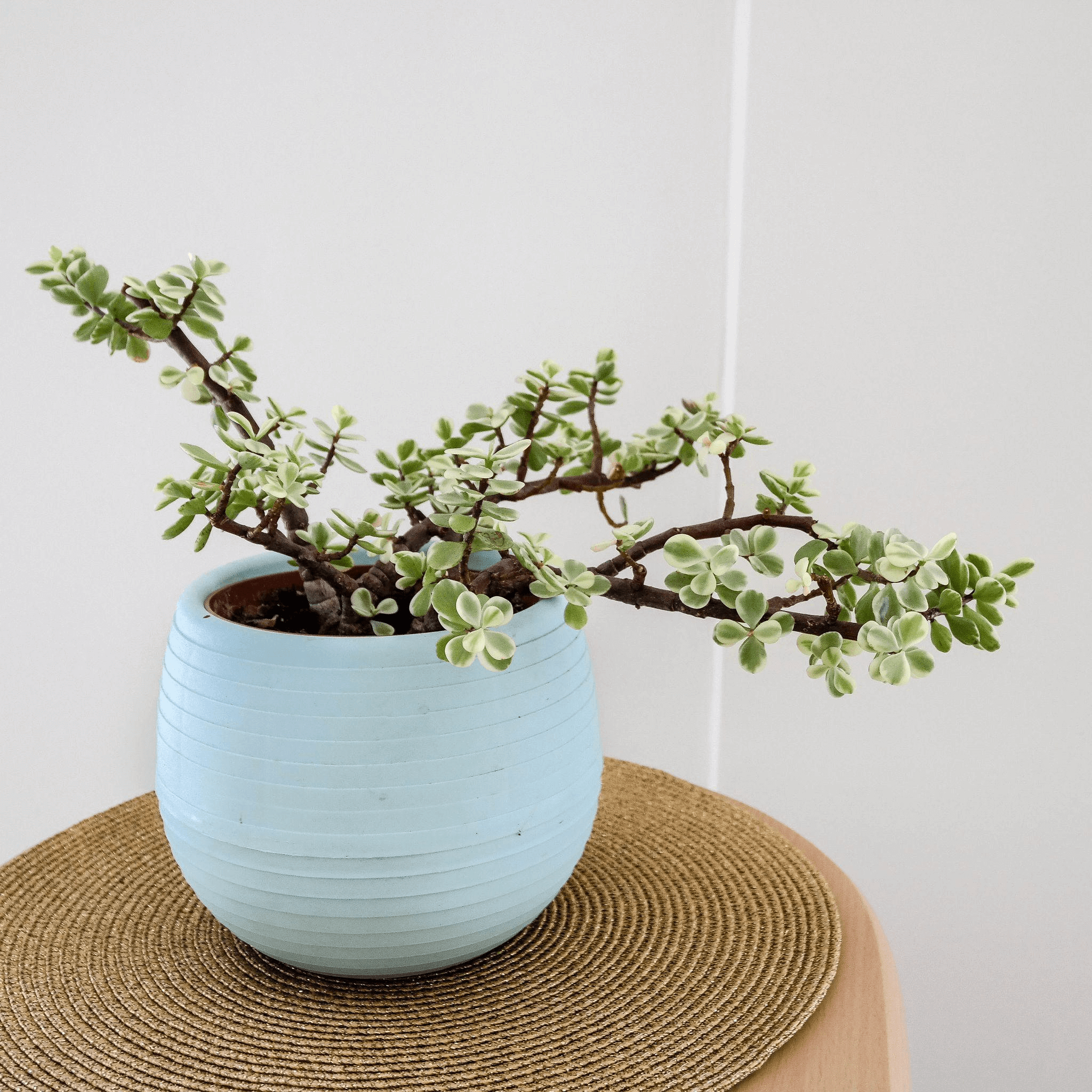
The Screen of the Green method is more advanced. To do this method you use a screen or netting stretched across the tent or grow area. Some growers will do 2 screens about 8 inches apart to take push their plants to the limit of growth. To start this process, first stretch the netting across the tent then let the plant grow into the netting, bending the branches through the net and letting them grow to bend them through again. (LST vs HST)
Eventually, you create a flat surface. You can let them grow a little while longer and do the second net the same way or call it good with the one screen. Both ways work well—it just depends on how involved you wish to get.
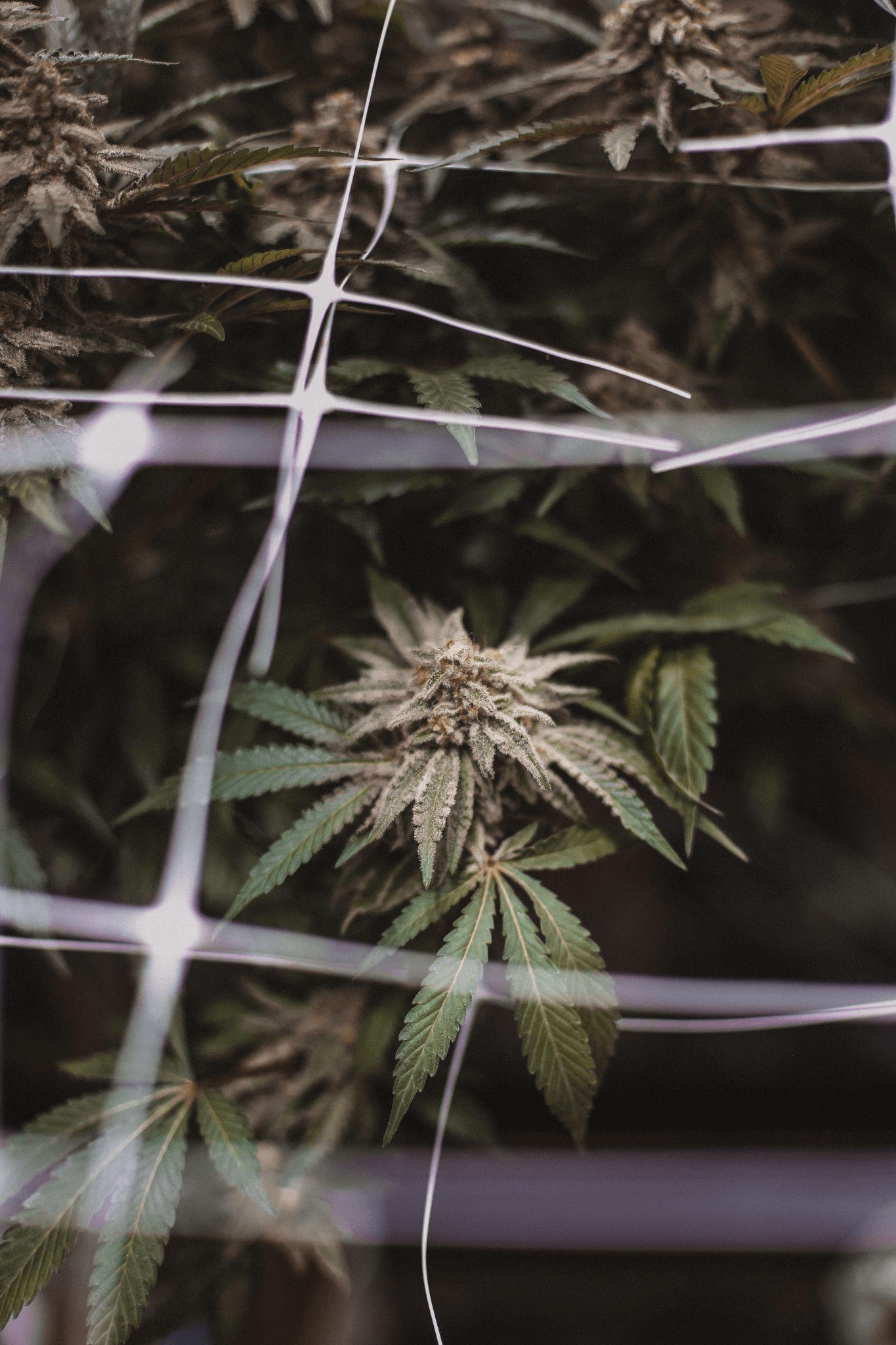
Next, let’s look at High-Stress Training (HST). It is called HST because this method is where you switch to scissors and other more stressful methods of training the plants.
The first method in HST that most growers have used is Topping/ Fimming. This method is just that: you cut the top off the plant when the plant reaches a certain stage of growth. Most growers agree that the 3rd node, or set of leaves, is the first and best time to top a plant. (LST vs HST)
To top correctly, cut the main stalk right above the 3rd node. After Topping, your plant’s vertical growth will slow and instead, it will focus on growing more branches horizontally. Topping like this also allows the development of a second top on the main stalk instead of just one. Theoretically, you can top multiple times to get as many main stalks as you want.
Fimming is the same as topping, but you cut the leaves at the same time you cut the main stalk. Originally, this started as an accident, hence the name literally means “Fu** I missed.” The method caught on and people do it to help slow the plant growth at the top, which allows the lower branches enough time to catch up in maturity.
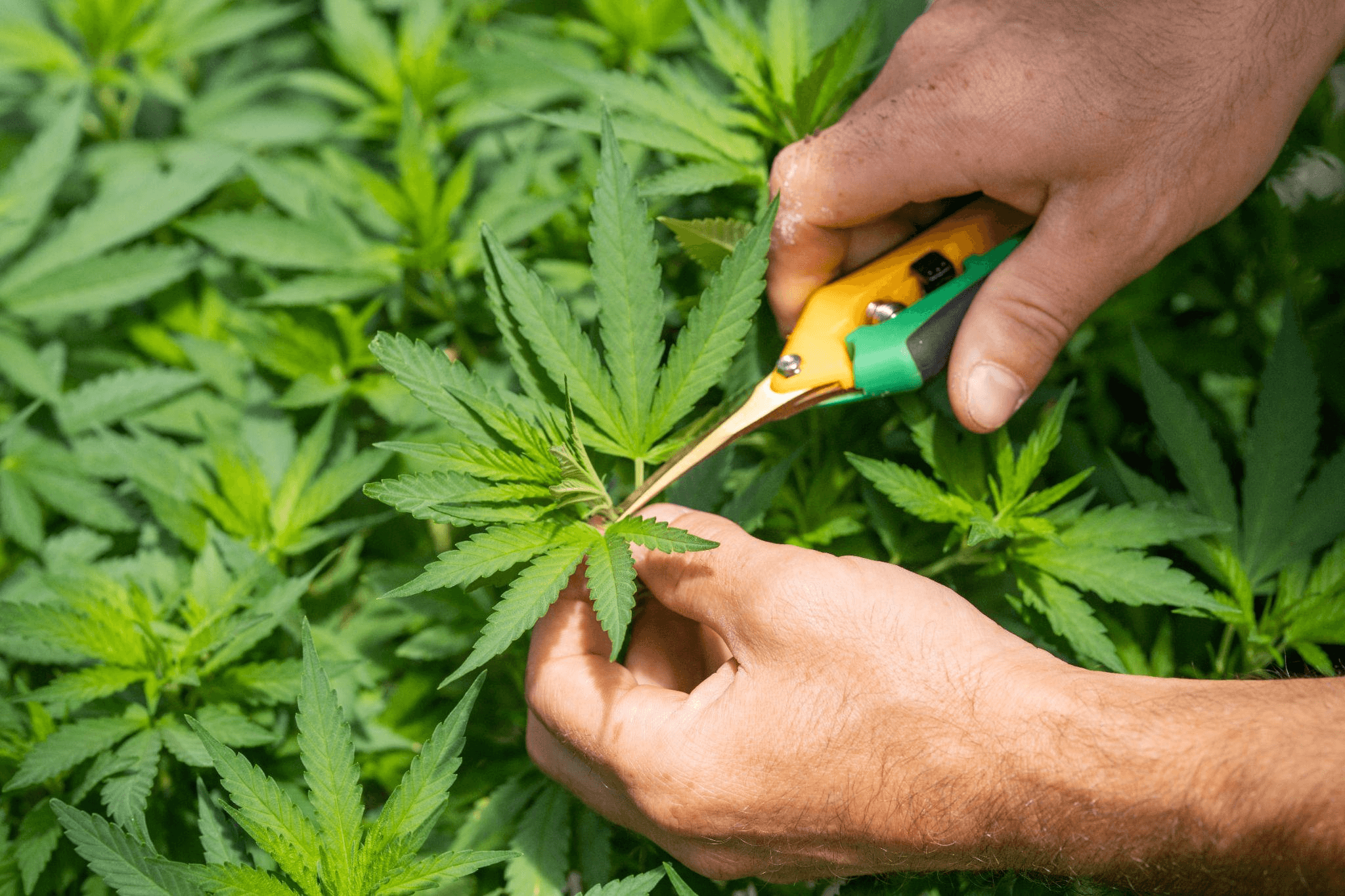
Another HST method is super cropping. Supercropping is when you bend branches at a 90-degree angle, which encourages branches to grow upwards from the bent-over branch. To do this correctly, squeeze the main stalk between your fingers and bend the branch, breaking the fibers while ensuring you do not actually snap the branch itself.
Pinching should keep the branch from snapping and the plant should revive within a just few days. The spot that was bent over should develop a “knuckle” and should keep at an angle for the rest of the growing. (LST vs HST)
Another method of HST is Mainlining and normally it is done in conjunction with topping. It’s called mainlining because you are removing all but the main buds. Most growers will top 3 or more times for 8 or more total tops.
Then, remove all the lower branches where your plant would normally grow smaller buds—this allows only the main, bigger buds to develop and no extra energy goes to the smaller buds that develop on the lower parts of the plant. This can be a great method and can produce really great results if done right.
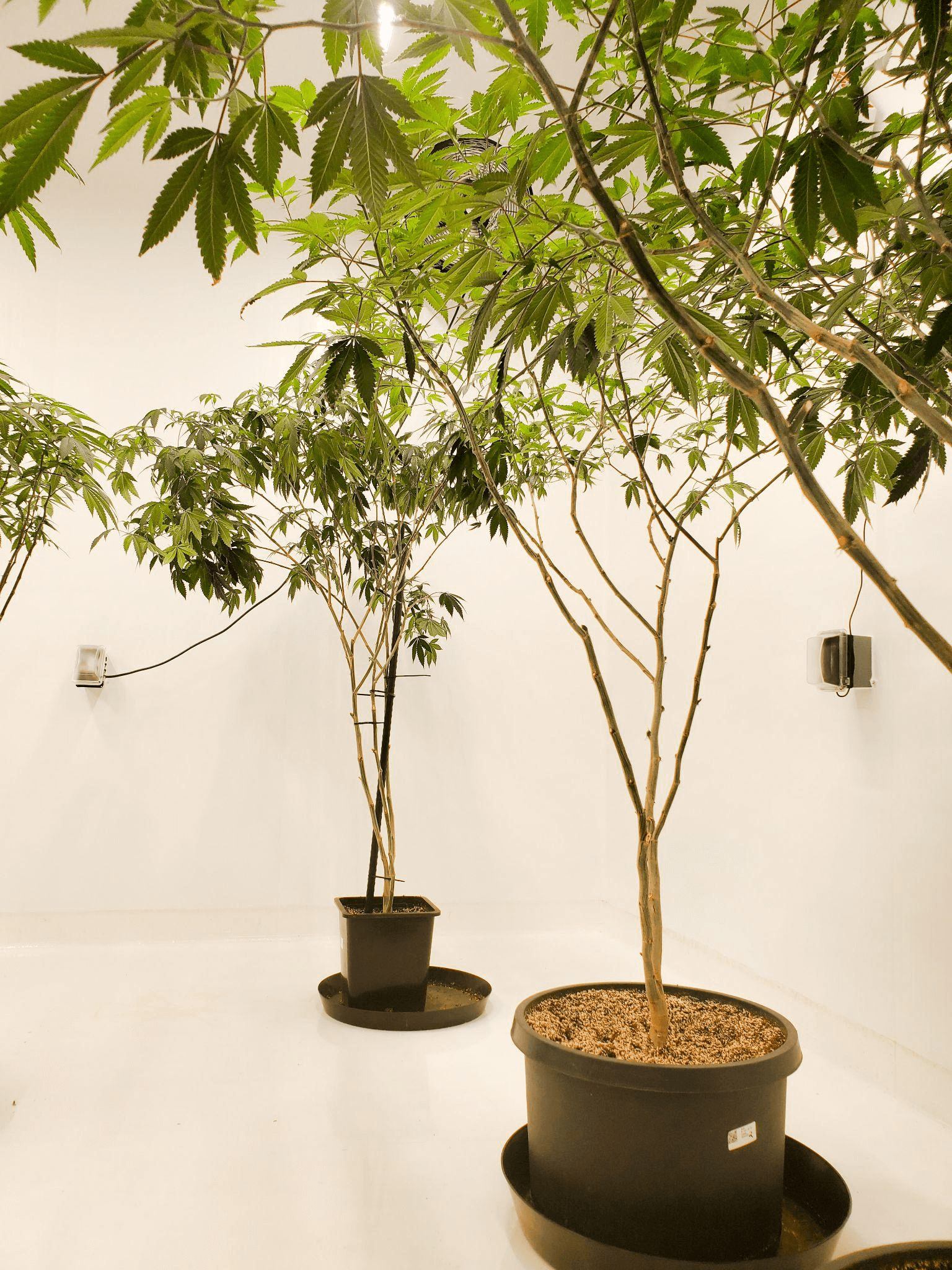
Finally, let’s look at the Defoliation method. Defoliation is done to allow light to penetrate all the way through the plant by removing most leaves during the vegetative stage. Then, about 3 weeks into flowering, you strip the plant of leaves again. This is the most controversial method on the list as some say it works great, and some say it damages to your final yield.
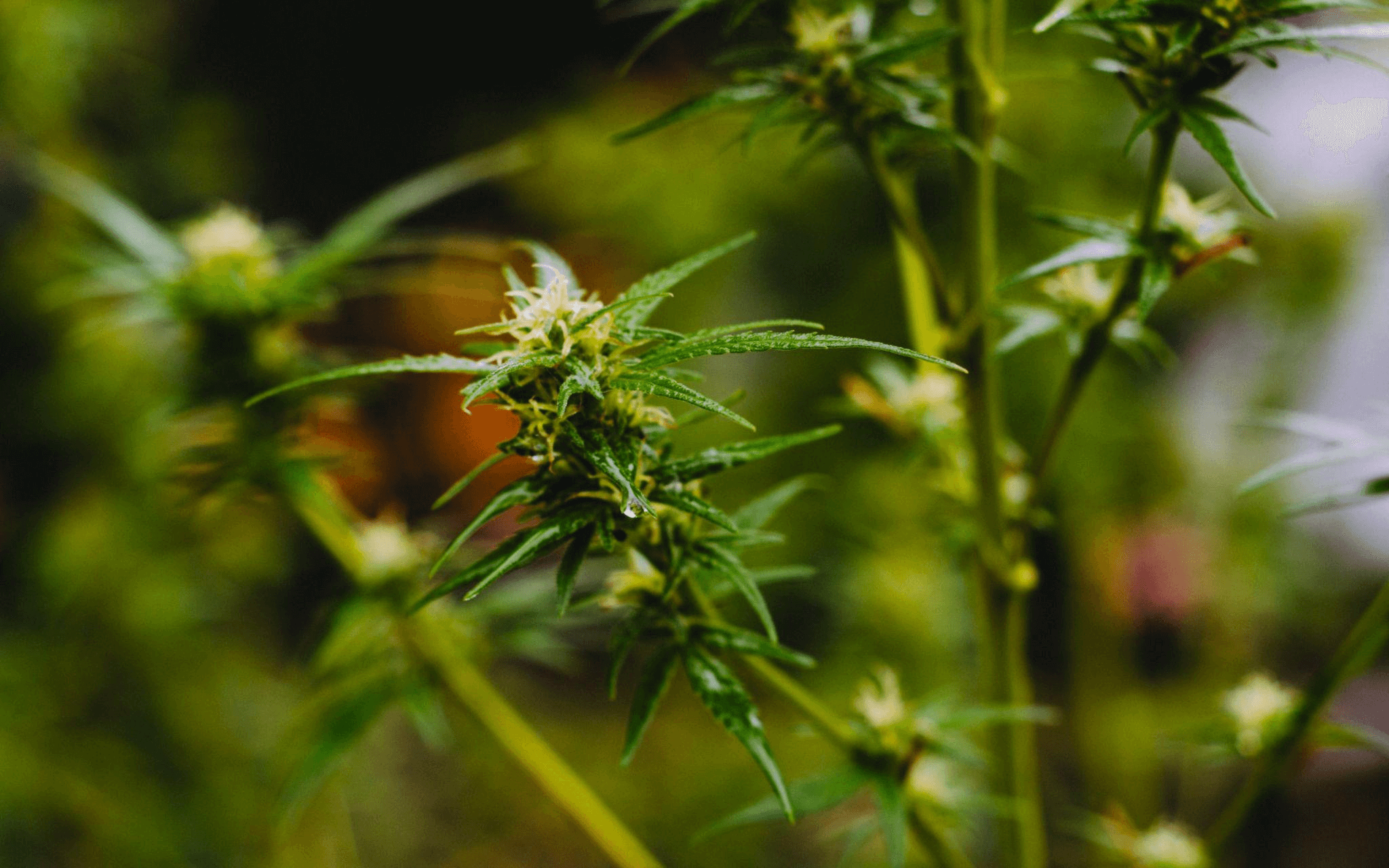
Clip On Fan Insights: Enhancing Cannabis Growth Through Optimal Air Circulation
How to Grow Weed – 4 Simple Steps for Beginners to Growing Cannabis
LST vs HST: Training Cannabis Plants
Whatever method of training you decide, be it LST or HST, both work in your favor to produce more buds and ultimately a higher yield. Please note that these are not all the methods available to growers, but these are definitely a few of the more popular ones.
You can use these methods alone or with other methods to help get the most out of your area and plant. Hopefully, this will help you choose which method is the best for you. (LST vs HST)
If you have any questions, please don’t hesitate to reach out to us!
And be sure to check out our other blog posts for useful tips on becoming a great grower!
Subscribe to the Vivosun newsletter for growing tips, grower stories, and special offers, and get 10% off your first order!
We love the new Vivosun Smart Grow System and we are certain that you too will love it once you try it.
And join our Facebook farmer’s community for even more exclusive contests and prizes!
Download Vivosun App to get 15% off and explore more information!





